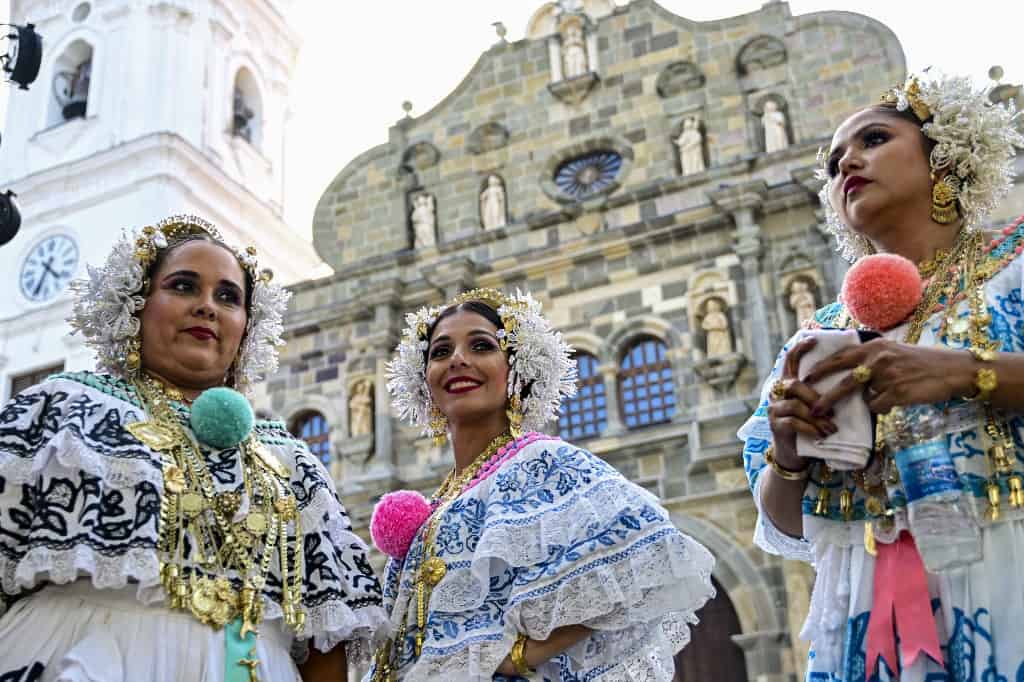The colonial route of Panama, used for centuries to transport the riches of the Americas on mules and boats and considered a forerunner of the interoceanic canal, was declared a World Heritage Site by UNESCO this Saturday. Between the 16th and 19th centuries, the Spanish Empire transported goods from Asia and the Americas across the isthmus en route to Europe. To do so, it relied on a network of roads and rivers to move merchandise from the Pacific coast to the Atlantic.
“It represents much more than a network of historic roads—it is a living testament to the Isthmus’s strategic role in global trade systems throughout history,” said Panama’s Minister of Culture, Maruja Herrera, after UNESCO’s declaration. Gold and silver arrived in Panama from what is now Peru and Bolivia, while spices, porcelain, and textiles came from the Philippines. To protect these goods from pirates, the Spanish built fortifications.
The Panamanian historian and professor Celestino Araúz said that the Panama route was “extremely important” for international trade at the time. The Spanish crown “could supply some of its colonies with European goods and, in turn, obtain American products for Spanish industry and the rest of Europe,” he added.
The Colonial Transisthmian Route includes, on the Pacific coast, the ruins of the first capital and the Old Quarter (Casco Antiguo) of present-day Panama City. It also includes, on the Caribbean side, the fortifications of the port city of Portobelo—home to the customs office—and the San Lorenzo fortress.
Goods were transported between both coasts on mules via the Camino de Cruces and the Camino Real. “Sixty percent of South America’s silver production flowed through the Panama-to-Portobelo route on its way to Spain,” UNESCO highlighted. Additionally, the route made it possible “to transport goods and people from sea to sea through the narrowest part of the Americas, via a network that was both military and commercial,” connecting 23 present-day countries, it added.
But the route also attracted those in search of gold, such as the English privateer Francis Drake, who died in Portobelo, and the Welsh pirate Henry Morgan, who burned the first capital city. In 1532, Spanish King Charles I ordered an exploration into the possibility of connecting the two oceans with a canal through Panama.
The transisthmian route is considered the precursor to the interoceanic canal, which opened in 1914. The colonial network “was a transisthmian route, just as the canal would later become,” Araúz emphasized. “It wasn’t only used for European goods—it also served for the trafficking of enslaved Africans and the products that came from the East. Spain had possessions in the Philippines and from there obtained goods from China,” he added.






